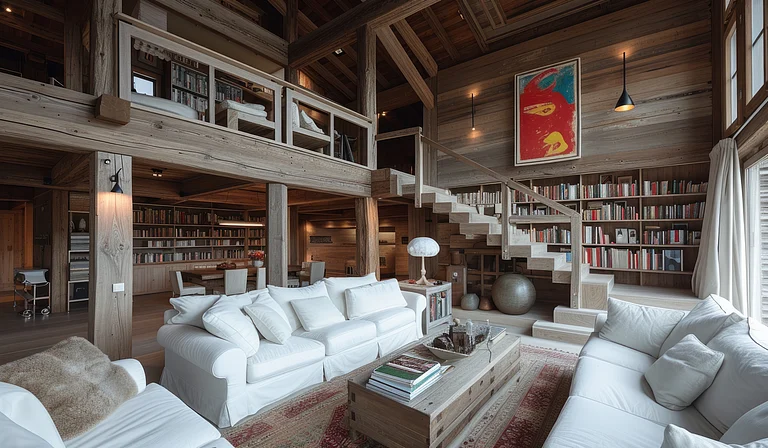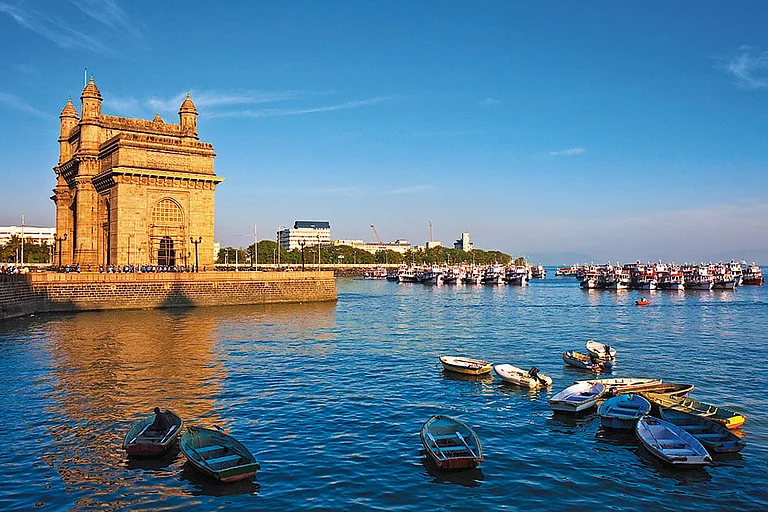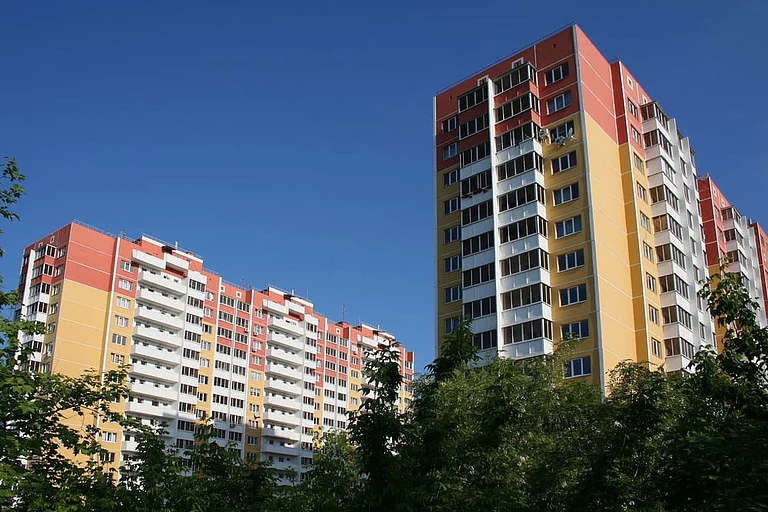BHK stands for Bedroom, Hall, and Kitchen. A 1 BHK is one bedroom, one living area, one kitchen. A 2 BHK doubles the bedrooms, keeps one hall and one kitchen. By the time you’re at a 3 BHK or 4 BHK, you’re talking about families, guests, studies, maybe even having a separate servant’s room if it’s a high-end project.
The Breakdown of BHK Configurations
1 BHK: One bedroom, hall, and kitchen handy for singles, young couples, and professionals on the go. Low maintenance, but you’ll feel the walls closing in if more than two people live there.
2 BHK: Two bedrooms, one hall, one kitchen. The most common in cities. Great for small families, with room for kids or guests.
3 BHK: The middle-class dream. It is considered suitable for a family, children, and possibly a study or work-from-home setup.
4 BHK: It is usually suitable for larger or joint families. More breathing space, often marketed with extras like a study, balconies, or a servant’s room.
5 BHK: Let’s not kid ourselves, this is luxury territory. Joint families with serious budgets or individuals who want space for status, hobbies, and comfort.
Carpet Area vs Built-Up Area: The Hidden Catch
Here’s the part where homebuyers' trip. The BHK number does not tell you how big the place actually is. A 2 BHK in a budget project could feel like a shoebox, while a 2 BHK in a luxury tower might sprawl like a mini-villa.
That’s where the carpet area and built-up area come in. The carpet area means the actual usable floor space where you can put furniture and move around. Built-up area adds the thickness of walls and semi-covered spaces like balconies, usually making it 10–20 per cent more than the carpet area. Without knowing these, buying a “3 BHK” can become a cruel joke when you realise the rooms are barely bigger than closets.
Does a BHK Define Size?
Here’s the problem: the term itself never guarantees square footage. It only tells you the number of rooms. A 3 BHK in an affordable housing project might have rooms half the size of a luxury 3 BHK in a high-rise with views. That’s why people get misled. Buyers hear “3 BHK” and assume size - wrong move. Always check the carpet area, built-up, and super built-up before deciding.
Why BHK Caught On
Urban India is obsessed with simplification. Square feet? Too abstract. But saying “2 BHK”? That hits directly. This became especially important in Mumbai, Delhi, and Bengaluru, where space is expensive and buyers need quick comparisons. The shorthand helps developers push units and gives buyers an easy mental model. It’s not flawless, but in the chaos of Indian real estate, it brings at least some order.
Choosing Between a 1, 2, or 3 BHK (and Beyond)
Singles and couples: 1 BHK is enough compact, manageable, no frills.
Small families: 2 BHK balances affordability and comfort.
Growing families: 3 BHK provides privacy and space.
Joint families or entertainers: 4 or 5 BHK, with room for guests, studies, hobbies, and separate living corners.
Lifestyle matters too. Remote workers might need a second room just for a home office. Minimalists might prefer a tight 1 BHK to keep life simple. Frequent hosts may lean toward larger BHKs so they can seat ten guests without sacrificing peace of mind.
A BHK classification isn’t the gospel truth of real estate. It’s a starting point. It simplifies decisions but hides the deeper realities like actual room size, layout efficiency, and the strange price jumps across locations. A 2 BHK in Thane or Noida might cost the same as a 1 BHK in central Mumbai or south Delhi, yet the experiences of living in them couldn’t be further apart.
For today’s buyers, especially in cities like Mumbai, the BHK number has become a language of aspiration as much as practicality. People don’t just buy a flat; they buy a “2 BHK lifestyle” or a “4 BHK status symbol.” And that’s exactly why builders keep pushing the term, it sells not just homes but identities.













